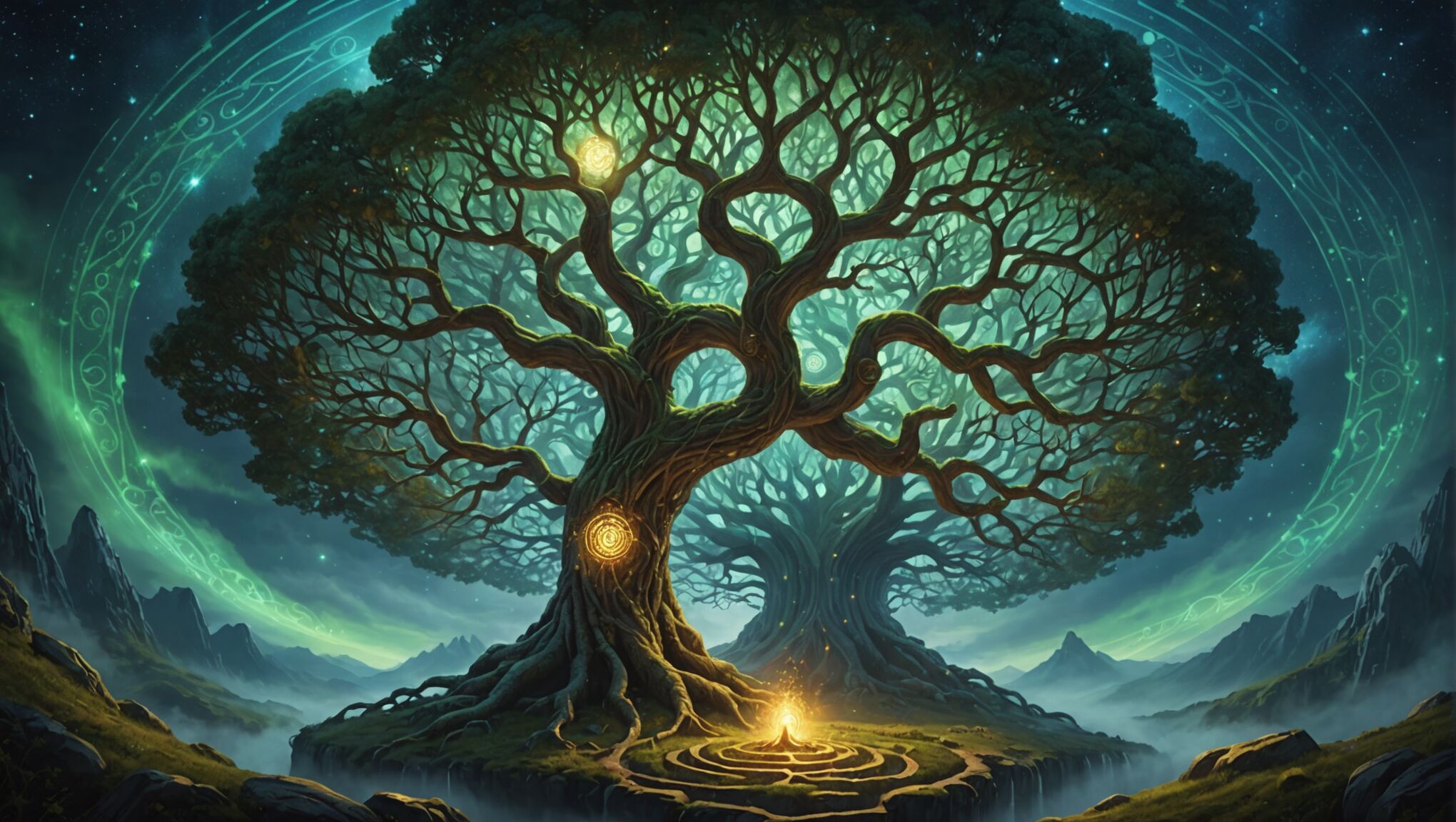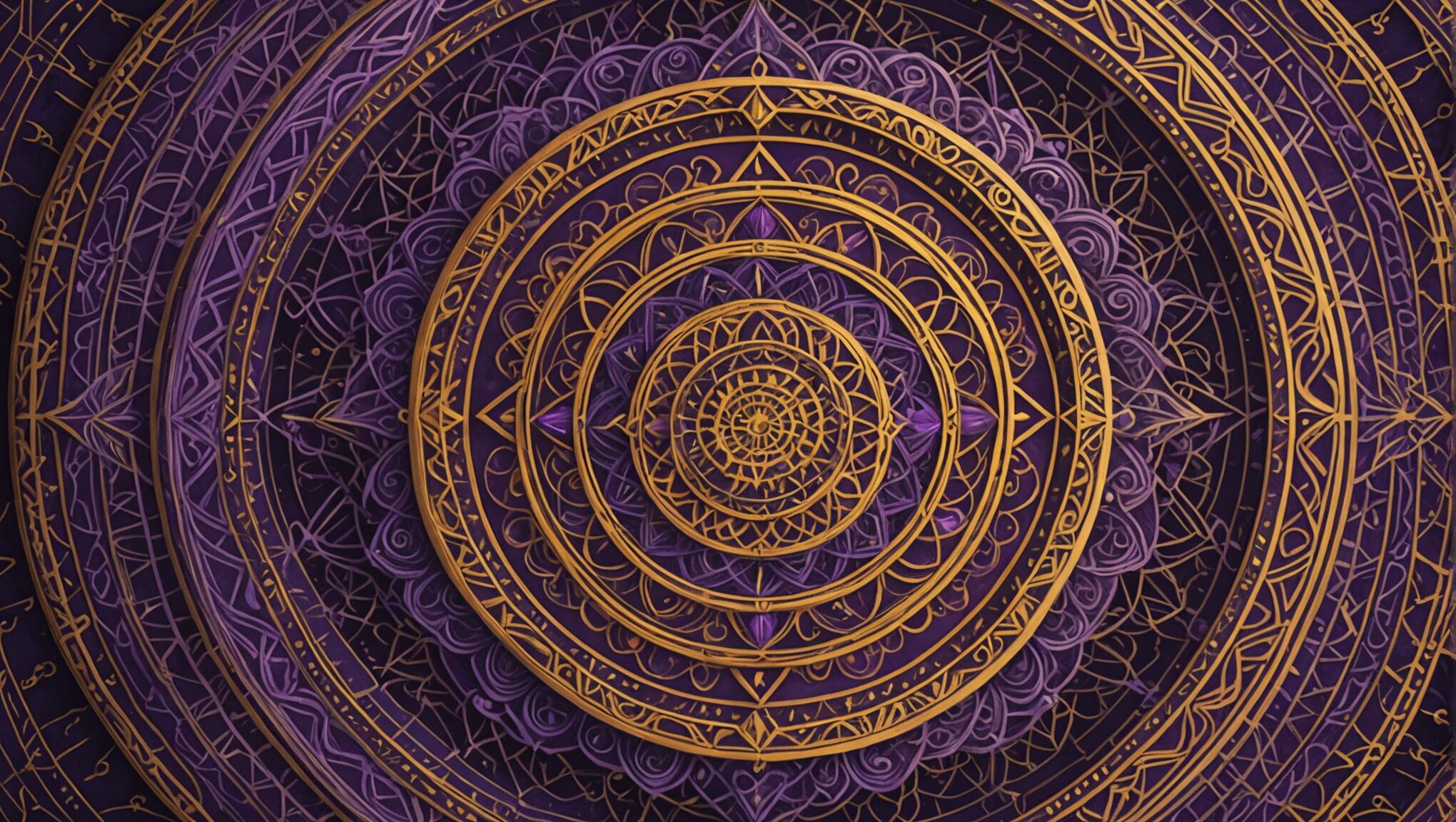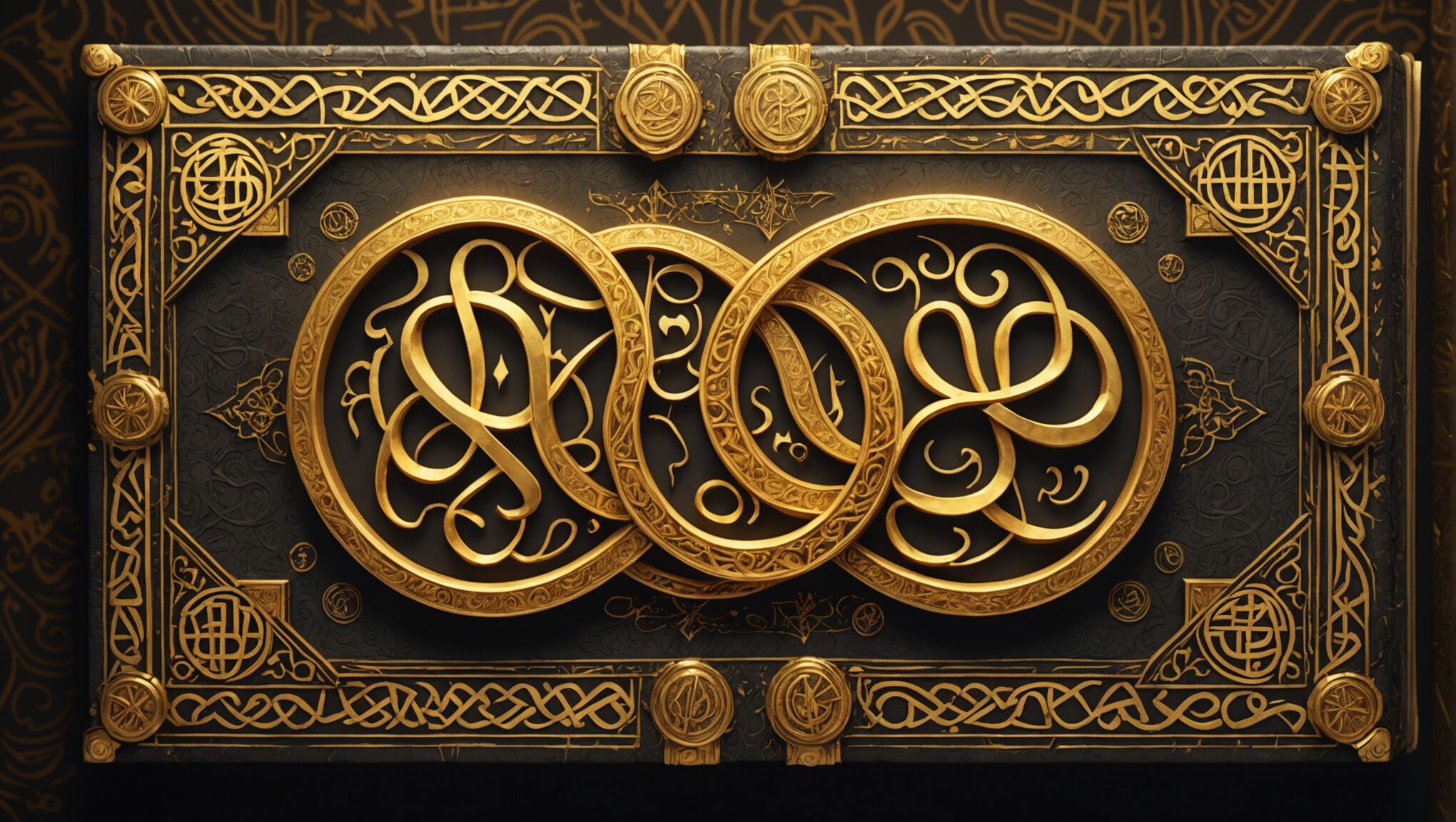blog
Cultural Inspirations for Fantasy Cover Design
Mythology and folklore in cover design
 Fantasy cover design frequently draws inspiration from the rich tapestry of global mythology and folklore. These ancient stories and legends provide a wealth of visually striking elements that can captivate readers and convey the essence of a book’s content. Mythological creatures, such as dragons, phoenixes, and griffins, often take center stage on fantasy covers, instantly signaling the genre and hinting at the magical adventures within. Similarly, folkloric figures like fairies, trolls, and shapeshifters can be incorporated to evoke a sense of wonder and mystery.
Fantasy cover design frequently draws inspiration from the rich tapestry of global mythology and folklore. These ancient stories and legends provide a wealth of visually striking elements that can captivate readers and convey the essence of a book’s content. Mythological creatures, such as dragons, phoenixes, and griffins, often take center stage on fantasy covers, instantly signaling the genre and hinting at the magical adventures within. Similarly, folkloric figures like fairies, trolls, and shapeshifters can be incorporated to evoke a sense of wonder and mystery.
Mythology is not a lie, mythology is poetry, it is metaphorical. It has been well said that mythology is the penultimate truth—penultimate because the ultimate cannot be put into words. It is beyond words. Beyond images, beyond that bounding rim of the Buddhist Wheel of Becoming. Mythology pitches the mind beyond that rim, to what can be known but not told.
This quote by Joseph Campbell underscores the power of mythology to transcend literal interpretation and speak to deeper truths, a concept that resonates strongly in fantasy cover design. Designers often utilize iconic symbols from various mythologies, such as the Norse Yggdrasil tree or the Greek Medusa, to create instant recognition and intrigue. These elements can be stylized or reimagined to fit the book’s specific narrative while still maintaining their cultural significance.
Folklore-inspired cover designs might incorporate traditional patterns, motifs, or artistic styles associated with specific cultural stories. For instance, a cover inspired by Slavic folklore might feature intricate floral patterns reminiscent of traditional embroidery, while one drawing from Japanese mythology could utilize ukiyo-e-style artwork. These visual cues not only enhance the cover’s aesthetic appeal but also provide context and depth to the story within.
Mythological landscapes and settings also play a crucial role in fantasy cover design. Ethereal forests, imposing mountains, or mystical bodies of water can serve as backdrops that immediately transport viewers to otherworldly realms. These settings often reflect the mythical origins of the story, whether it’s the misty peaks of Olympus or the lush gardens of Eden.
Character depictions on covers frequently draw from mythological archetypes. Heroes, wizards, and deities are portrayed with attributes and symbols that resonate with their legendary counterparts, creating a visual shorthand that speaks to readers familiar with these tropes. This approach allows designers to convey complex character traits and storylines through a single, powerful image.
By incorporating elements from mythology and folklore, cover designers create a visual bridge between ancient narratives and contemporary storytelling. This connection not only enhances the book’s appeal but also situates it within a larger cultural context, inviting readers to explore the timeless themes and universal stories that continue to captivate our imagination.
Cultural symbols and their visual impact

Symbols have long been powerful tools in visual communication, and their impact on fantasy cover design cannot be overstated. These visual shorthand elements can instantly convey complex ideas, evoke emotions, and connect with readers on a subconscious level. In the realm of fantasy, cultural symbols serve as gateways to imaginary worlds, offering familiar touchstones that resonate across diverse audiences.
One of the most potent symbols in fantasy cover design is the use of sacred geometry. Intricate mandalas, spirals, and geometric patterns drawn from various cultures can create a sense of mysticism and cosmic order. These designs not only add visual interest but also hint at the underlying magical systems or universal truths explored in the narrative.
Ancient runes and glyphs often feature prominently on fantasy book covers, lending an air of arcane knowledge and hidden wisdom. Whether inspired by Norse futhark, Egyptian hieroglyphs, or entirely fictional writing systems, these symbols intrigue potential readers and suggest the presence of secret languages or forgotten lore within the story.
Animal totems and spirit guides derived from various cultural traditions are frequently incorporated into cover designs. A majestic wolf might symbolize loyalty and intuition, while a soaring eagle could represent freedom and divine power. These animal symbols not only hint at the story’s themes but also forge an immediate emotional connection with viewers.
Celestial bodies and cosmic symbols are another rich source of visual impact in fantasy cover design. Moons, stars, and constellations drawn from different cultural mythologies can signify otherworldly settings, prophetic events, or the influence of celestial forces on the story’s characters and plot.
Weapons and artifacts imbued with cultural significance often take center stage on fantasy covers. A katana might evoke the honor and discipline of samurai culture, while a Celtic knot could suggest an intertwining of fate and destiny. These symbolic objects serve as visual focal points and offer clues about the story’s setting and conflicts.
Plant life and natural elements can also carry deep symbolic meaning in cover design. The tree of life, present in many cultural traditions, might represent interconnectedness and growth. A lotus flower could symbolize purity and spiritual awakening, while a thorny rose might hint at both beauty and pain.
Color symbolism plays a crucial role in enhancing the impact of cultural symbols. Red, often associated with passion and danger in Western cultures, might signify good fortune and joy in Chinese traditions. Understanding and utilizing these color associations can add layers of meaning to the overall design.
By skillfully integrating these cultural symbols, fantasy cover designers create visually arresting compositions that speak to readers on multiple levels. The symbols act as silent storytellers, offering tantalizing glimpses into the book’s themes, settings, and characters. This symbolic language not only attracts potential readers but also sets expectations and creates an immersive experience before the first page is even turned.
Color palettes inspired by different cultures
The vibrant tapestry of global cultures provides an endless source of inspiration for color palettes in fantasy cover design. These carefully chosen hues can instantly transport viewers to different worlds, evoke specific emotions, and set the tone for the story within.
In East Asian-inspired fantasy covers, designers often draw from the rich symbolism of traditional color schemes. Deep reds, associated with good fortune and celebration, may be paired with lustrous golds to convey opulence and imperial power. Jade greens, symbolizing harmony and balance, can be used to create a sense of serenity or mysticism. Ethereal blues and purples might be employed to evoke the spiritual realm or celestial beings.
Middle Eastern and North African cultural influences bring forth warm, sun-drenched palettes. Vibrant oranges and yellows reminiscent of desert sands can be contrasted with deep indigos and turquoises, echoing the colors of oasis waters and night skies. Intricate patterns in gold and silver often adorn these covers, adding a touch of magical luminescence.
Norse and Celtic-inspired fantasies frequently employ cooler color schemes that reflect the rugged landscapes of Northern Europe. Misty grays, icy blues, and forest greens dominate these palettes, occasionally punctuated by the warm glow of amber or the rich purple of heather. These colors evoke a sense of mystery and ancient magic lurking in fog-shrouded forests and craggy coastlines.
African-inspired fantasy covers often burst with life and energy through their use of bold, saturated colors. Earthy reds and browns symbolize the continent’s soil, while vivid greens represent lush jungles. Bright yellows and oranges capture the intensity of the sun, and these are often balanced with deep, cool purples that hint at the spiritual world.
Mesoamerican influences bring forth palettes rich in symbolism. Vibrant teals and jades, colors sacred to many ancient civilizations in the region, might be paired with warm golds and deep crimsons. These combinations can evoke the opulence of lost empires and the power of ancient deities.
Some designers take a more subtle approach by using color psychology to evoke specific cultural moods without directly referencing particular traditions. For example:
| Color Palette | Evoked Mood/Setting |
| Muted earth tones with pops of bright color | Tribal societies, shamanic magic |
| Pastel pinks and blues with metallic accents | Ethereal fae realms, dream worlds |
| Deep jewel tones with gold filigree | Opulent palace intrigues, courtly magic |
| Monochromatic schemes with one accent color | Minimalist Eastern philosophy, martial arts |
The interplay of light and shadow also plays a crucial role in culturally inspired color palettes. Chiaroscuro techniques borrowed from Renaissance art can add depth and drama to covers inspired by European folklore. Conversely, the flat, bold color blocks characteristic of some Indigenous American art styles can create striking, modern interpretations of traditional stories.
Designers must also consider the symbolic meanings of colors across different cultures. White, often associated with purity in Western traditions, can symbolize death or mourning in some Eastern cultures. Similarly, green, while commonly linked to nature and growth, can have negative connotations in some South American traditions.
Decide on a style that fits your fantasy story. Read more here.
By thoughtfully selecting and combining colors inspired by diverse cultural traditions, fantasy cover designers create visual gateways that invite readers to step into new and exciting worlds. These culturally rich palettes not only enhance the aesthetic appeal of the covers but also deepen the connection between the story and its cultural inspirations, offering a more immersive and authentic experience for the reader.
Typography and cultural aesthetics
 The art of typography in fantasy cover design is a subtle yet powerful tool for conveying cultural aesthetics and enhancing the overall visual impact. Typefaces can evoke specific time periods, cultures, and moods, making them an essential element in creating an immersive and authentic cover design.
The art of typography in fantasy cover design is a subtle yet powerful tool for conveying cultural aesthetics and enhancing the overall visual impact. Typefaces can evoke specific time periods, cultures, and moods, making them an essential element in creating an immersive and authentic cover design.
When selecting fonts for fantasy covers inspired by different cultures, designers often draw from historical and calligraphic traditions. For instance, a cover inspired by medieval European fantasy might feature Gothic or Blackletter typefaces, reminiscent of illuminated manuscripts. These intricate letterforms immediately transport the viewer to a world of castles, knights, and ancient tomes.
In contrast, covers drawing from East Asian influences might incorporate brush-stroke-inspired fonts that mimic the fluid grace of traditional calligraphy. These typefaces can range from bold, dramatic strokes to delicate, wispy characters, each conveying a different aspect of the story’s tone and setting.
For Middle Eastern-inspired fantasies, designers might opt for ornate, flowing scripts that echo Arabic calligraphy. These elegant letterforms can be integrated into the cover art itself, becoming part of the overall design rather than simply sitting atop the image.
Typography can also be used to create a sense of the otherworldly or magical. Custom-designed glyphs or modified existing fonts can suggest alien languages or mystical runes, adding an extra layer of intrigue to the cover. These unique letterforms can be subtly incorporated into the background or used as prominent design elements.
The placement and arrangement of text on the cover are equally important in conveying cultural aesthetics. Vertical text layouts might be employed for East Asian-inspired covers, while circular or spiral arrangements could suggest Celtic influences. The integration of text with illustrative elements can create a harmonious blend that reinforces the cultural theme.
Designers must also consider the emotional impact of different typefaces. Serif fonts often convey a sense of tradition and formality, while sans-serif fonts can feel more modern and clean. The weight, spacing, and styling of the letters all contribute to the overall mood of the cover.
Color plays a crucial role in typography as well. Gold or silver lettering might be used to suggest opulence or divine power, while earthy tones could reinforce a connection to nature or ancient traditions. Contrasting colors can make titles pop, drawing the eye and creating visual hierarchy.
It’s important to note that while drawing inspiration from various cultural typographic traditions, designers must be mindful of cultural appropriation and stereotyping. The goal should be to pay homage and create an authentic feel rather than to appropriate or caricature.
The interplay between typography and illustration is another area where cultural aesthetics can shine. Text can be woven into decorative borders inspired by various artistic traditions, or it can interact with illustrated elements to create a cohesive, culturally-inspired composition.
As readers, we often overlook the subtle impact of typography on our perception of a book. Yet, it’s through these carefully chosen letterforms that we first engage with the story’s title and author. The right typeface can set expectations, create atmosphere, and even hint at the narrative’s themes before we’ve read a single word of the actual text.
By exploring the rich world of culturally-inspired typography, designers open up new possibilities for creating truly unique and captivating fantasy book covers. They invite us to consider how the very shape of letters can transport us to different worlds and cultures, enhancing our reading experience from the moment we lay eyes on the book.
